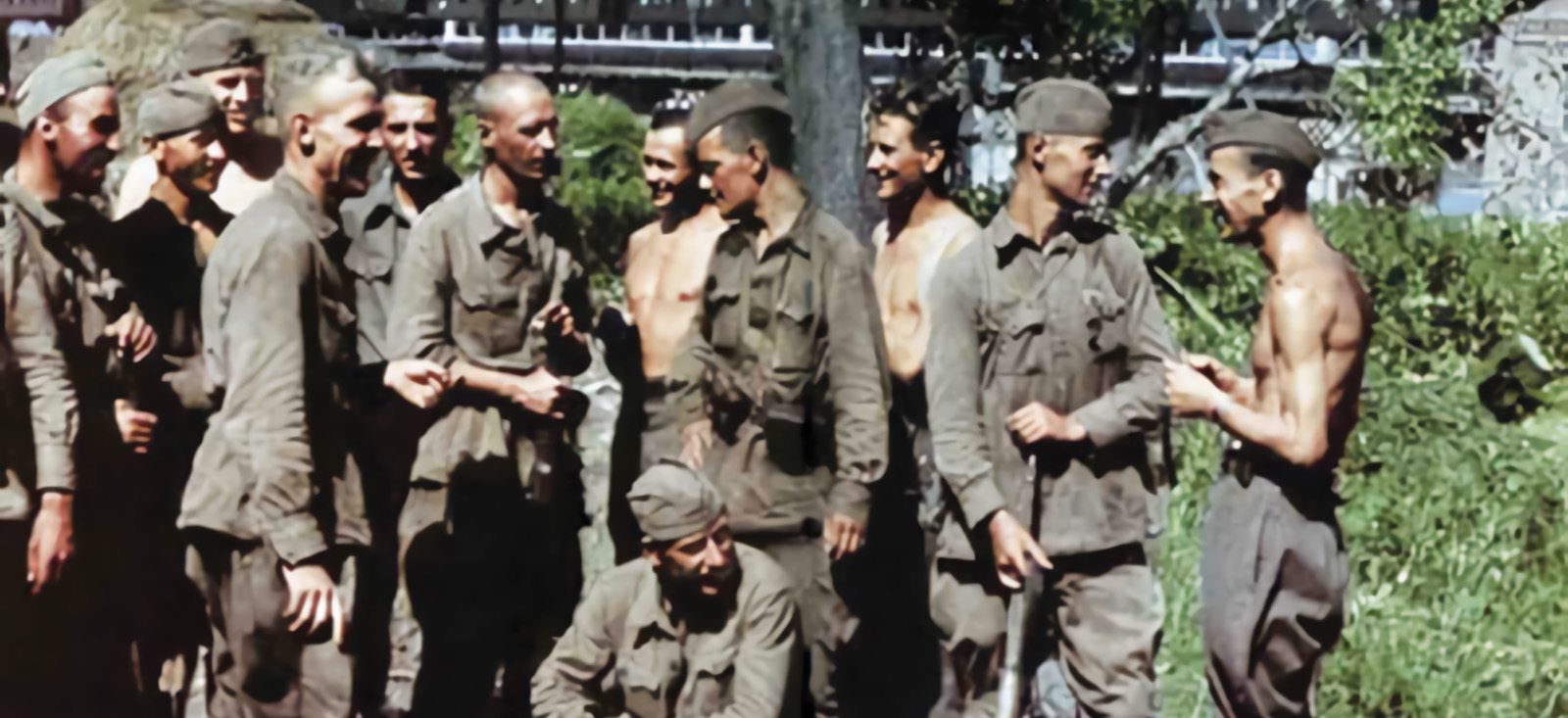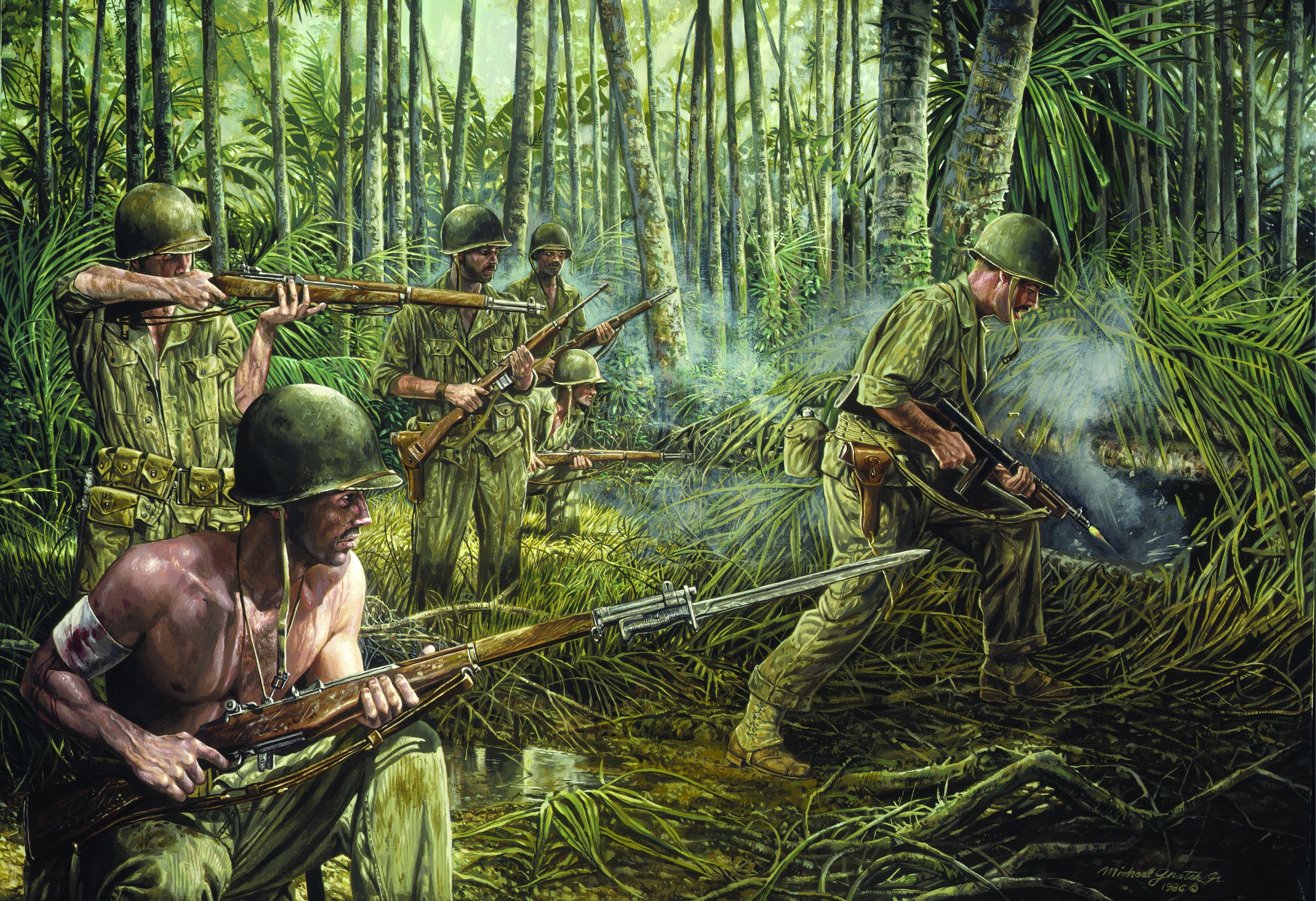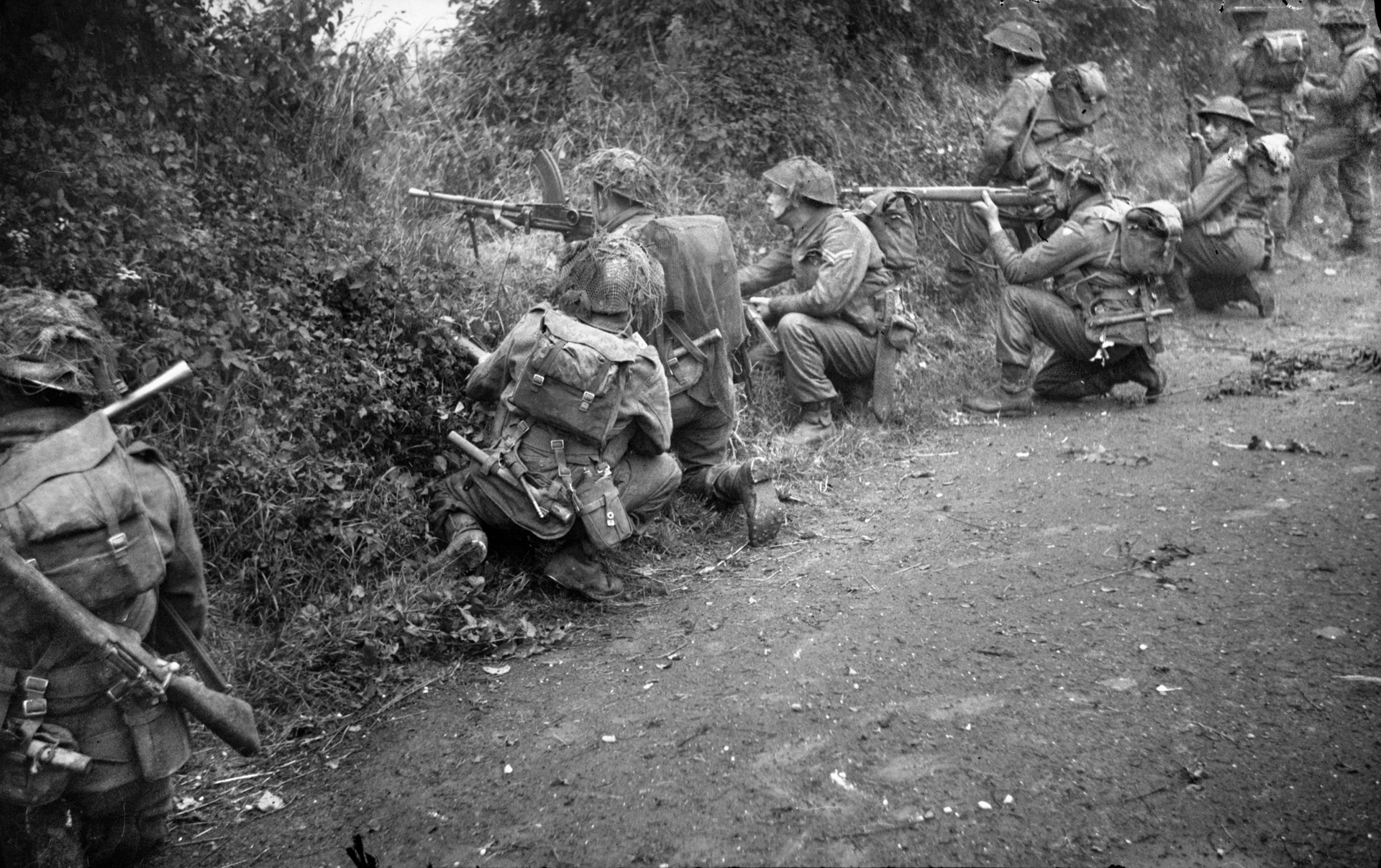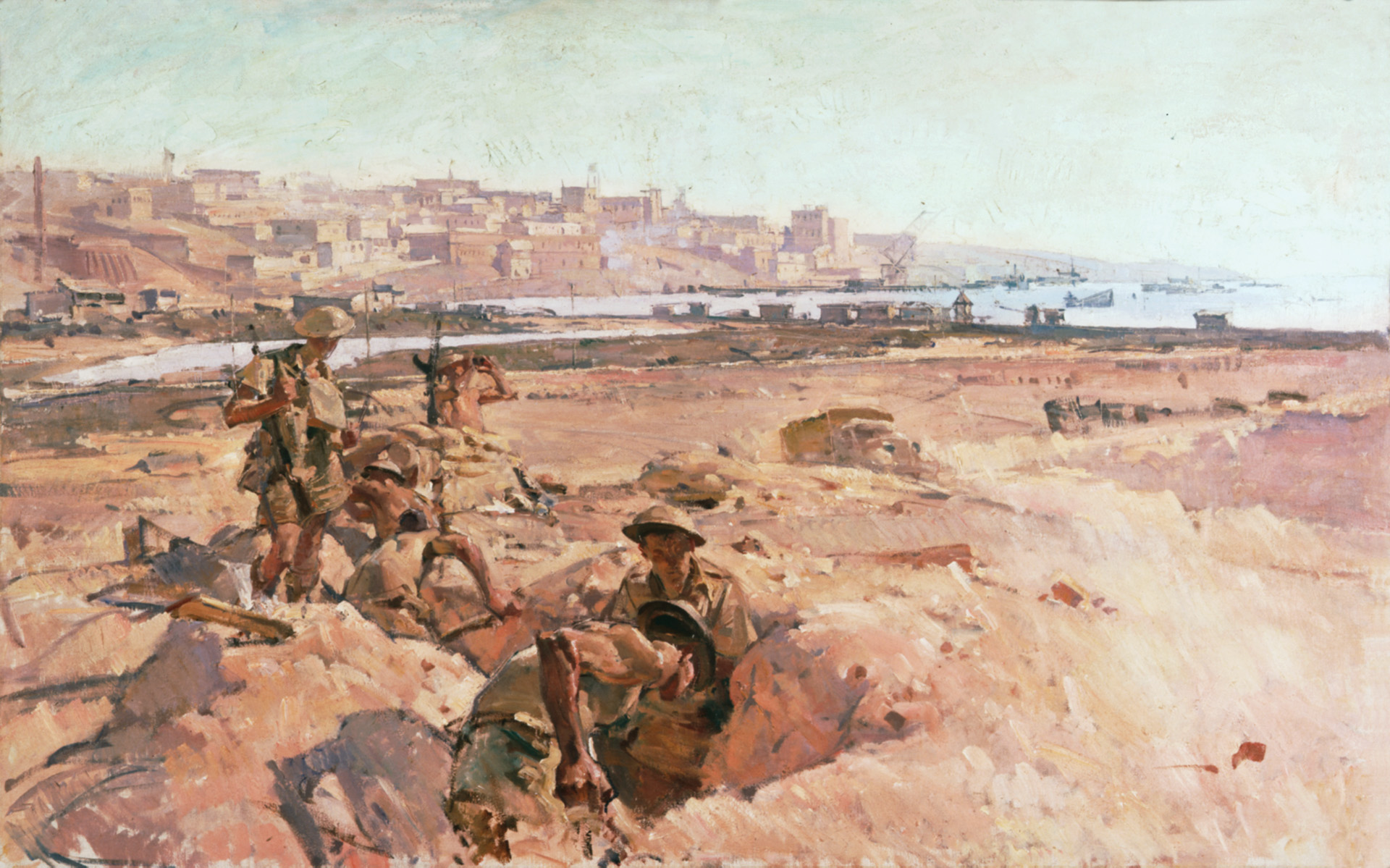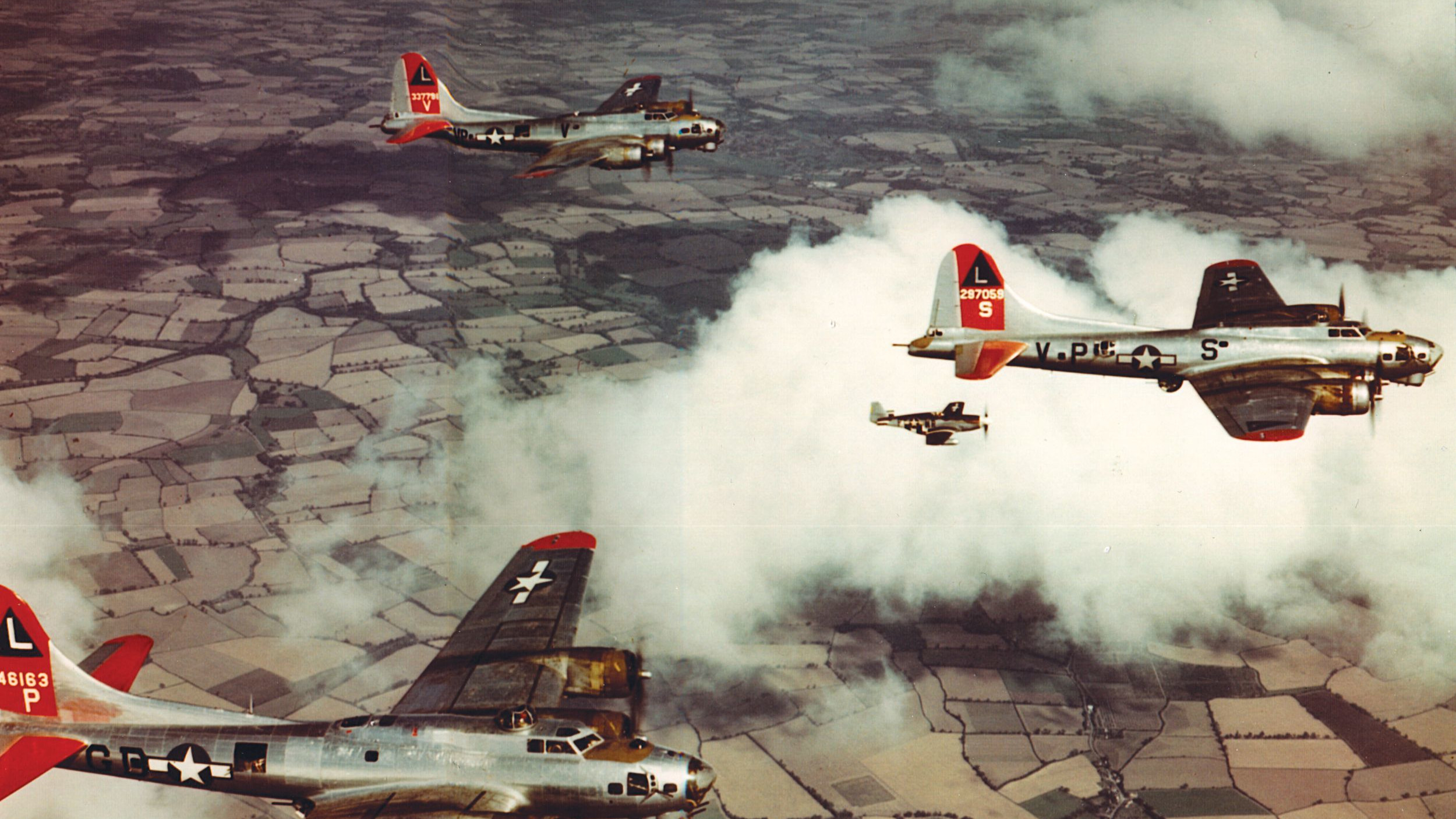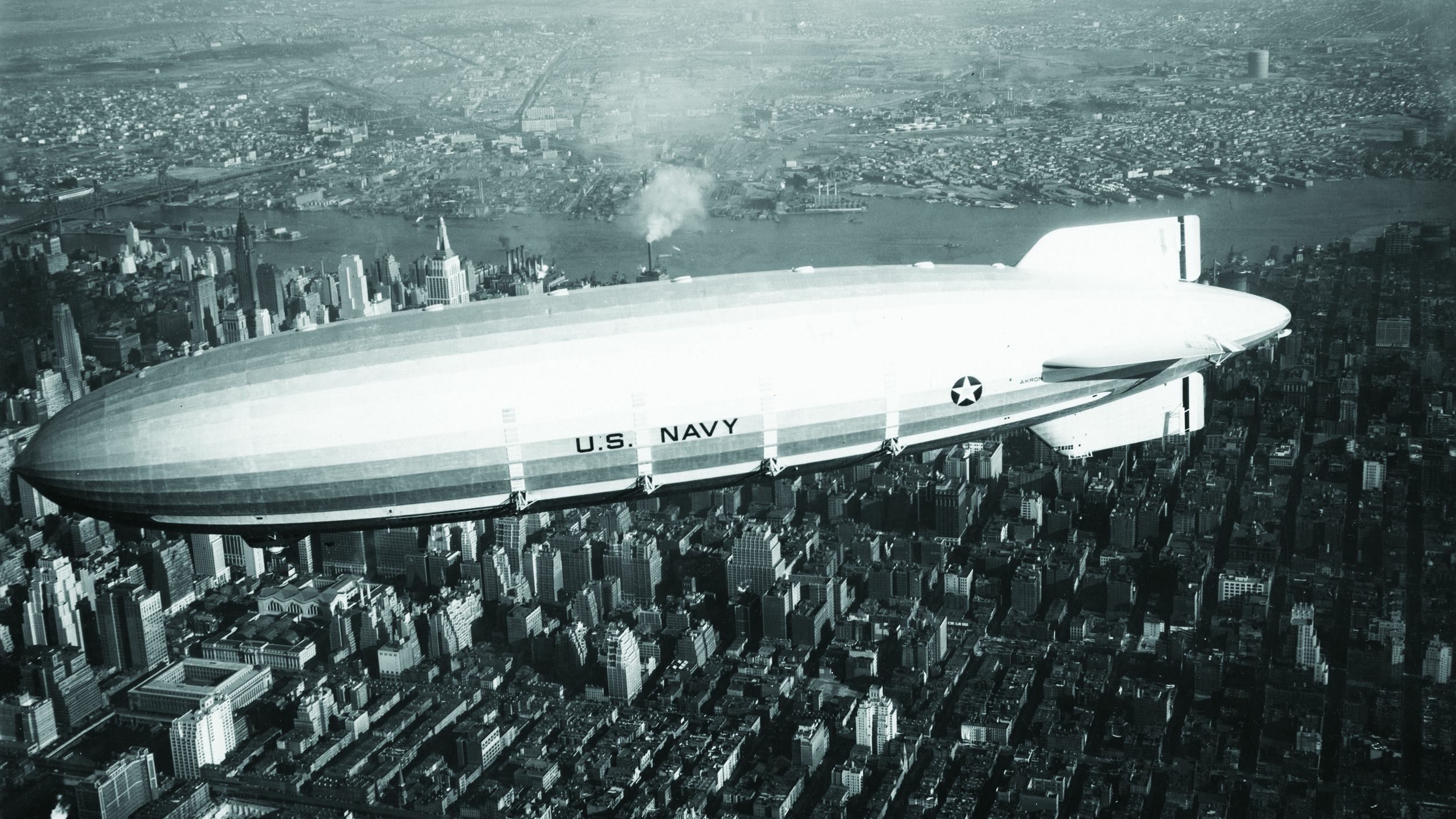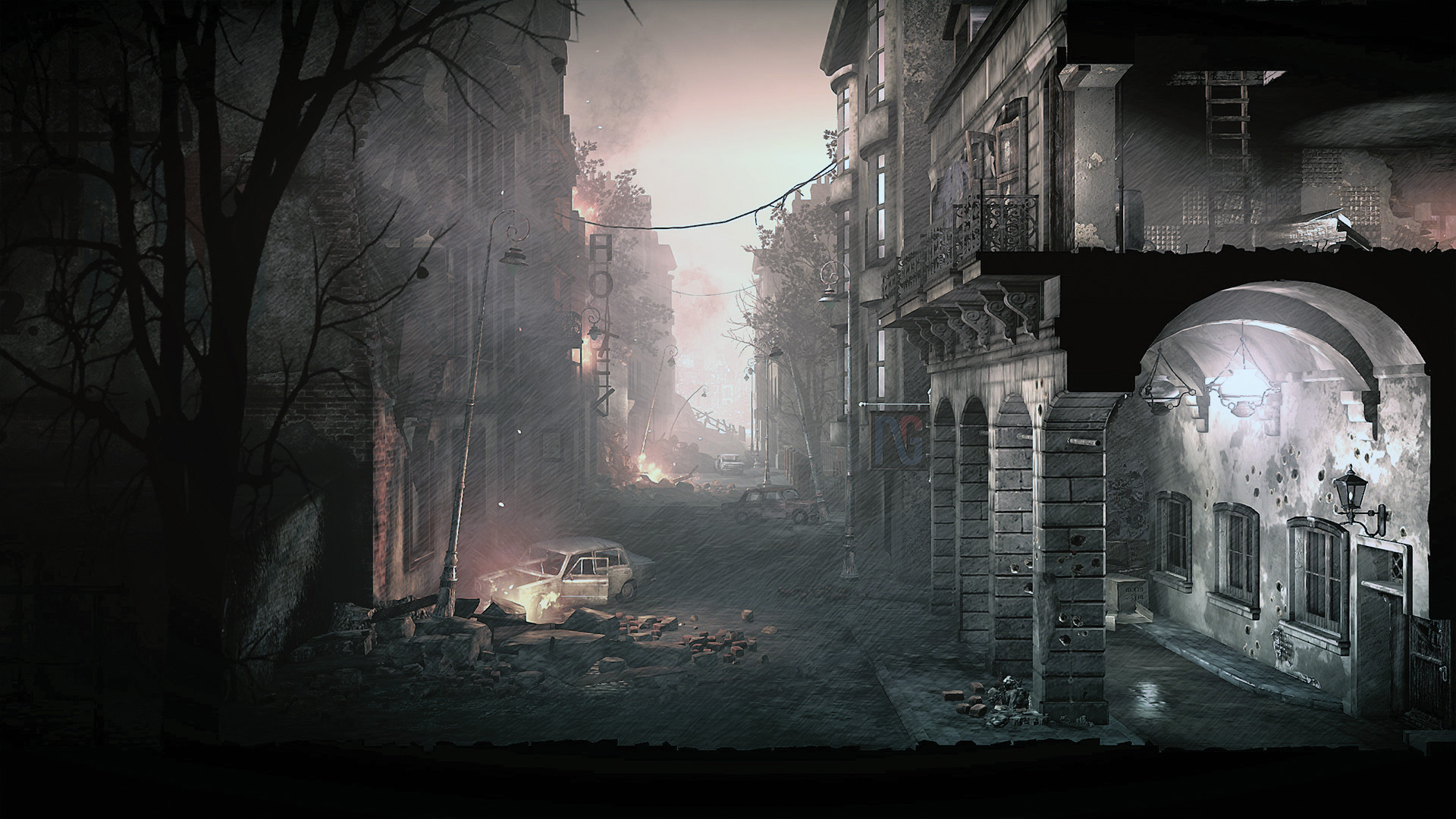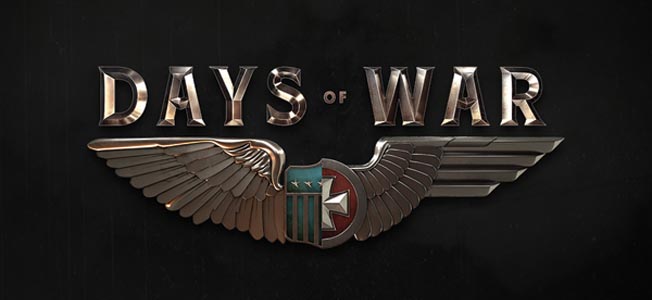By John W. Osborn, Jr.
It was in the early hours of the German invasion of Holland, May 10, 1940, and a Wehrmacht doctor was tending to a soldier wounded during the capture of the key Gennep border bridge. “There’s not much of your company left,” he remarked to his patient, assuming so because he did not see others about.
“Company? There were nine of us.”
“Impossible!”
Not to the soldier. “We are the Brandenburgers!” he declared.
He was not referring to being residents of the city 40 miles northeast of Berlin, but to members of Germany’s most secret special force of World War II. For other such units as the British Commandos and Special Air Service and the American OSS, stealth meant sneaking up usually in the dark. For the Brandenburgers it was usually walking up, in broad daylight, straight out in the open—but still being just as secret, and deadly.
The Brandenburgers were the brainchild of Theodor von Hippel, a captain in the Abwehr (military intelligence) concerned with covert combat operations and sabotage. From his own experience with guerrilla fighting in East Africa against the British in World War I and his study of the tactics of Lawrence of Arabia, Hippel conceived the idea of donning the uniforms of enemies and the clothing of civilians to approach positions and infiltrate them to seize and hold vital positions, commit sabotage, gather intelligence, and spread mayhem and confusion. Then he took the idea to his superior, Admiral Wilhelm Canaris.
Canaris rejected the idea as too wild, even for the weird world he operated in, so Hippel received permission from the General Staff to create his special unit in October 1939. After gaining approval, the first disguise was the unit’s actual name, that of a mundane construction unit. Its members soon nicknamed themselves for the city they were secretly based near, Brandenburg.
Brandenburgers were recruited on a strictly volunteer basis from the Volksdeutsch, ethnic Germans from outside the Reich. “There was not an area of Europe with which some group of Brandenburgers was not familiar, nor a language they could not speak,” author James Lucas wrote. Recruiting did not stop there but spanned the world from expatriates returning from abroad to those who spoke Arabic dialects, even Afghani and Tibetan. Although part of the Abwehr, the Brandenburgers were not professional spies and saboteurs, but still soldier specialists of the Wehrmacht, which decided their missions and ultimately their fate.
“Seeing without being seen” was the credo of the training, combining standard sabotage with “how to spit like a Russian,” member Helmut Shwinkler recalled. “The course had a very leveling effect on everyone in it.
“Independence and intelligence counted more than rank. It was typical of the place that the officers and soldiers shook hands rather than saluting each other. Unlike the rest of the army who were told to ‘leave the thinking to the horses because their heads are bigger,’ we were encouraged to think for ourselves and to develop intuition and resourcefulness.
“In the evening the canteen was amazing. Recruits came from all over the place, so there would be dozens of languages spoken by men of very different backgrounds exchanging ideas and opinions. We tended to be very idealistic about our involvement in the unit. It was certainly nothing like being in an ordinary regiment.”
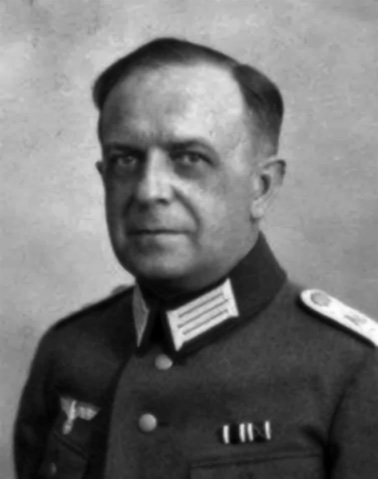
Training went from learning to garrote sentries from behind with steel wire to the customs, characteristics, and even cursing from Great Britain to the Russian steppes, literally to drilling and living in local underwear. Exercises included traveling undetected on forged documents, hijacking a truckload of regular soldiers, and trailing the police chief of Brandenburg to lift his fingerprints, getting them finally after a 24-hour-long surveillance off his official car. “If a man had a photograph of his sweetheart in his wallet and there was an incriminating landmark there would be trouble. But it was that kind of attention to detail that saved lives time and time again when we were on operations,” recalled Schwinkler.
The training prepared the Brandenburgers for the before-breakfast blitz of Denmark, overpowering hapless border guards and cutting phone lines. A month later 15 Brandenburger combat teams were sent to capture the border bridges with Holland along the Maas River.
Nine Brandenburgers approached the Gennep bridge in the predawn hours of the invasion of Holland. Their arms were raised to indicate that they were deserters, but they pulled their weapons from under their greatcoats to seize the span. At another bridge the Brandenburgers, wearing Dutch uniforms, approached on bicycles at 2 am.
“With weapons slung we passed through the gap between two pipes which had been filled with concrete and tipped on ends as an obstacle at the entrance to the bridge,” their leader remembered. “We walked straight to the Dutch soldiers standing in the bridge. Suddenly they ran away, and I called after them in Dutch, ‘Stop, where is the commander of the guard?’ The Dutch stopped, and when they were within range I said to them, ‘Boys, put down your weapons!’ Then I disarmed the soldiers nearest me. Amid the dismayed shouts of ‘Don’t shoot! Don’t shoot!’ I cut the ignition wires [to explosives] which had been laid as a double line. We had done it.”
Other Brandenburgers captured the Juliana Canal to prevent the Dutch from stopping the invasion by letting loose a wall of water. They committed similar military mayhem in Belgium, wearing Belgian Army uniforms, and as French refugees pushing their weapons in baby carriages. They reached Paris ahead of the Wehrmacht to seize the offices of the French secret services, commandeering trains to ship secret French files to Berlin. They trained in British uniforms to be in the first wave of Operation Sea Lion, the never-to-be invasion of England, then in bedouin garb they roamed the North African coast to observe British shipping passing Gibraltar and traced the 3,000-mile British supply route from West Africa to Cairo.
They went into action once again during the invasion of Yugoslavia. The Iron Gates was a gorge the Danube River ran through, which the Germans feared the Yugoslavs could, if necessary, quickly and easily block. Sergeant Hans-Jurgen Frey was among the Brandenburgers in disguise as local Serbian sailors and stevedores, and what he observed heightened German concerns.
From the coal barge he was going through the motions serving on, he noticed how several Yugoslavian freighters were lying near the gate for no apparent reason. “We thought the freighters would probably be used to block the river in one of two ways,” he remembered.
“Either they would be loaded with cement and scuttled in mid-channel, or they would be packed with explosives and blown up close to the riverbank at a point where the rock face would tumble into the water.”
On the eve of the invasion, the night of April 5, 1941, Frey and 53 other Brandenburgers rendezvoused in the woods downstream from the gate, discarded their disguises to don their uniforms, then began a precarious descent by rope down the 2,500-foot sheer rock wall of the gorge, in the pitch dark, then pounding rain.
“As we edged down the slippery rock face it seemed we would never get to the bottom,’ Frey said. They finally did, found small boats left hidden in the rocks and scrub, then waited until 3 am, April 6, to start paddling toward the Iron Gate.
“Everyone knew what he had to do,” Frey recalled of the predawn assault. “We swept through the docks and then separated into small groups. I was lucky; my group had to take the first freighter in the line, and we were on board before the first shot was fired. Once we got control of the ship, we lifted the hatches to see what she was loaded with.”
What Frey found confirmed his suspicions. “It was cement.”
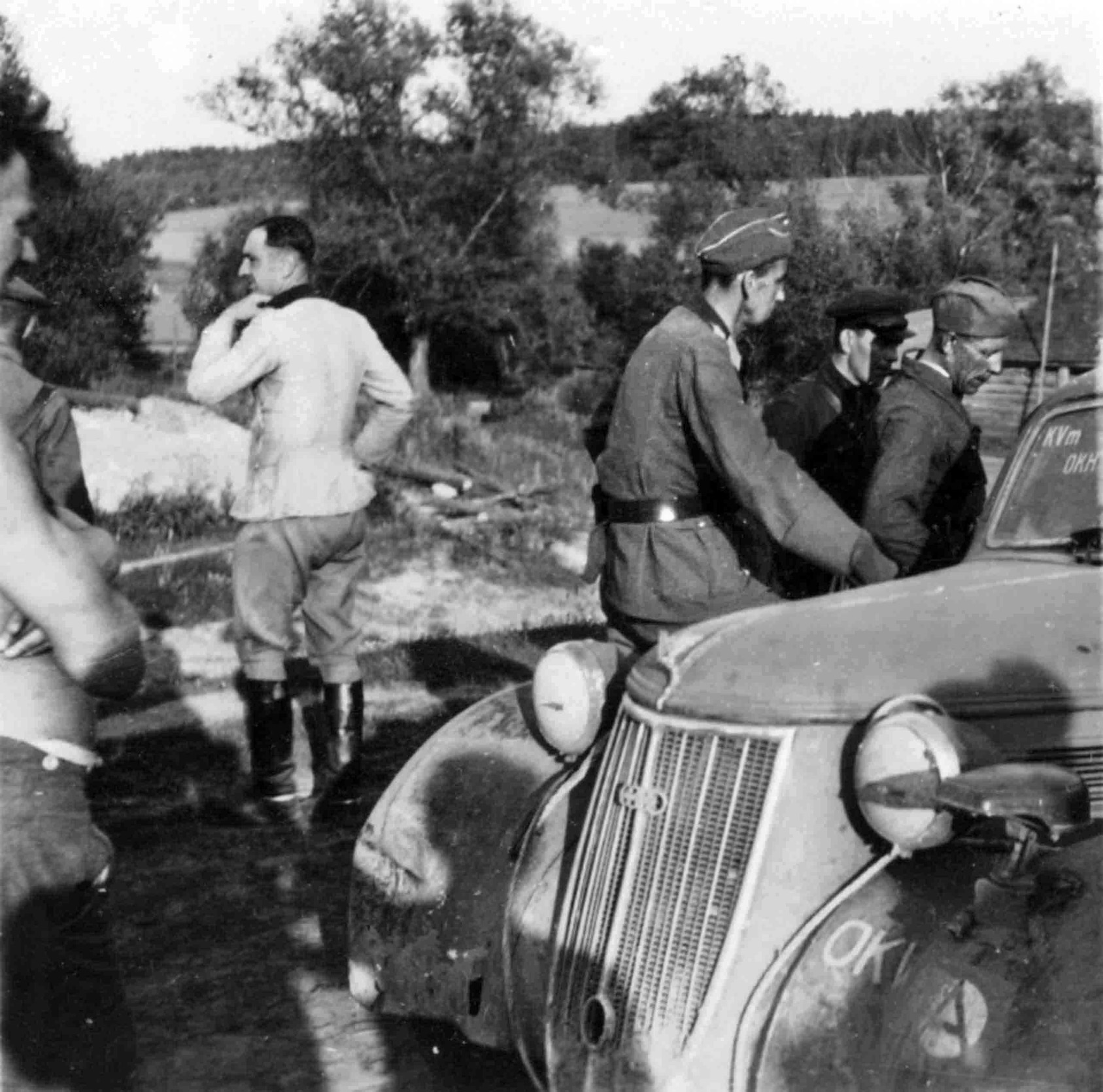
It was all over in seven scant minutes as the remaining Brandenburgers took the other freighters, meeting with little resistance. But still everything the Brandenburgers had done was only perilous preparation for their ultimate campaign: Russia.
Advancing on the Dvina River 300 miles south of Leningrad, Field Marshal Erich von Manstein stopped four miles short of the pair of bridges spanning the waterway to send ahead 30 Brandenburgers in Soviet Red Army uniforms and a quartet of captured trucks to prevent the bridges from being blown by the retreating enemy. At first the mission proceeded with the Brandenburgers’ standard stealth—they were even waved ahead by Red Army soldiers. Then, for once, deception ended in near disaster.
Sentries discovered a truck at one bridge, and the Brandenburgers had to fight and then ford their way across to cut wires attached to explosive charges. At the other bridge, the driver of the lead truck ran down a challenging sentry and then raced across the bridge followed by the second vehicle while those of the third jumped out to kill the other sentries.
The explosives placed on the bridge were also defused, but more Russians rushed from both ends, and a firefight erupted. Five Brandenburgers and the lieutenant leading them were killed, and most of the others wounded, but after some 20 minutes German reinforcements roared in to rescue them.
An operation to capture the Dneiper River bridge again almost ended in disaster. For elaborate cover, Junkers Ju-87 Stuka dive bombers made a mock attack on the bridge for a pair of Brandenburger trucks to approach unnoticed in the confusion. The Brandenburger commander had to fend off panicked Russians from clambering aboard his truck, then argued with the Russian engineer in command to distract him as his own men defused the explosive charges. The Brandenburgers then pulled out their uniforms, expecting panzer relief in 15 minutes, but it took it two hours to arrive and they had to desperately hold out under attack until then.
Even more deceptively daring than such swift, surgical strikes were the long-range penetrations that drove hundreds of miles behind Russian lines and sometimes lasted for weeks. Uniforms and papers were in perfect order, even “letters” from “sweethearts” to make the cover more convincing.
But with the Brandenburgers stretched as thinly as the Wehrmacht by the sheer size of Russia, they sometimes had to discard their standard protocol to include those who could speak little, or even no, Russian. The situation put them at even greater risk as they gave impromptu performances, groaning and moaning as they pretended to be wounded Red Army soldiers and sometimes jabbering in gibberish so that the Russian soldiers they encountered might believe they were from some remote area of the Soviet Union where a different language was spoken. Such a trick literally backfired on the Brandenburgers during one encounter.
A group of Brandenburgers were stopped in their truck at a roadblock. The Brandenburger commander, disguised as a Russian soldier, ordered his men off the truck while it was searched. A commissar, possibly suspecting them of being deserters, started to question one of the Germans who could not speak even a word of Russian.
The Branenburger officer, in his own perfect Russian, tried to intervene. “You won’t get much out of that fellow. He’s an Armenian.” So was the commissar, and when he still didn’t get answers he went for his pistol. The Brandenburger officer simultaneously went for his and was, fatally for the commissar, the faster. The Brandenburgers then roared away shooting.
But there would be no mishaps during the Brandenburgers’ most brilliant success of the war, the capture of the Maikop oil fields in August 1942.
Baron Adrian von Folkersaum and 62 Russian-speaking Balts and Sudenten Germans crossed the lines in the dark wearing uniforms of the feared NKVD, the Soviet secret police, and they carried cyanide pills to commit suicide if necessary rather than risk being captured alive. The next afternoon they came upon a crowd of Red Army deserters. The baron rallied these Russians with a rousing, hour-long speech, convincing them to turn around and lead the Brandenburgers to Maikop.
Real NKVD personnel, mistaking the Brandenburgers for reinforcements, waved them across a bridge into town and billeted them in a private villa. A Russian general even invited Folkersaum to tour Maikop’s defenses. On their fifth night, with the advancing German Army only 12 miles away, the Brandenburgers went into action.
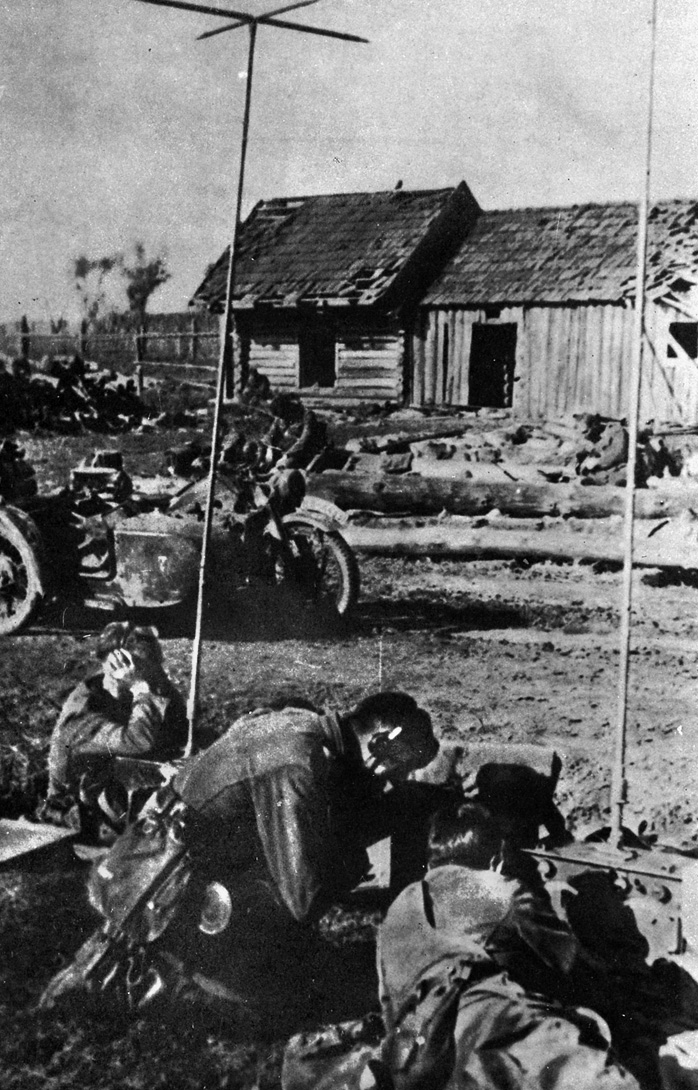
In the dark they blew up the Red Army’s telephone exchange. Then, with enemy communications in disarray they rushed around town, storming into offices to bluff or when needed browbeat Red Army officers with bogus evacuation orders. Unable to confirm the fake orders and not daring to challenge the supposed NKVD men, these commanders were eager to comply. They issued orders to retreat.
The Russian garrison quickly fell into chaos, defenses crumbling, as Red Army soldiers fled, abandoning heavy weapons, ammunition depots, and foodstuffs. The Brandenburgers even daringly delivered false orders to delay destruction of the oil fields, saving all the storage tanks and all but one of the derricks. The German Army entered Maikop on the afternoon of August 9, 1942, with virtually no resistance.
The Brandenburgers’ most brilliant success proved to be their final one.
With the Germans on the defensive in the East, there was no further use for such secret soldiering, and Admiral Canaris’s sinking situation in the Abwehr left him unable to stop the Brandenburgers’ appropriation by the Wehrmacht for action in mere frontline fighting. Canaris’s old enemy, SS Reichsführer Heinrich Himmler, further undercut him, creating his own covert combat unit led by Major Otto Skorzeny, with no less than Adrian von Folkersaum defecting to join it.
Canaris’s last stand pathetically provoked an office altercation. The commander of what remained of the Brandeburgers, Major General Alexander von Pfulstein, had his flight to Vienna ended by an urgent recall from Canaris. Expecting, finally, a new mission, he was instead handed a report by Canaris with an urgent, “Read it! Read it!”
As he dutifully did, the agitated admiral paced. “Haven’t you got there yet? Carry on reading!”
The document reported that an officer named Roeder called the Brandenburgers “a shirker’s unit.”
When Canaris demanded to know what Pfulstein was going to do and Pfulstein suggested bringing charges, Canaris exploded, “That won’t do!”
“I replied my only alternative was to see Dr. Roeder and ‘sock him!’” Pfulstein later said. He proceeded to do just that after confronting the offender with, “You have insulted my men. This is my answer!” Pfulstein got off with a week’s confinement, but the bizarre brawl was foolish. A month later, on February 12, 1944, Hitler abolished the Brandenburgers as an independent unit, sending them to the Wehrmacht as a panzergrenadier division.
Canaris did not survive the Brandenburgers for long. The Abwehr itself was abolished four days later.
By the time Canaris was executed in a concentration camp on April 9, 1945, all but a few hundred of his Brandenburgers had uselessly died in action—finally, fatally being seen.
Author John W. Osborn, Jr., has contributed to WWII History on numerous occasions. He writes from his home in Fort Myers, Florida.
